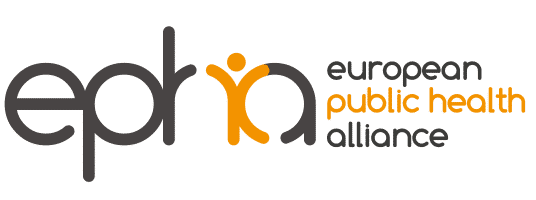As one of the deliverables of the pharmacovigilance legislation, that came into effect in July 2012, the European Medicines Agency (EMA) released an initial list of drugs subject to additional monitoring on 25 April 2013.
Please click here to read the full EMA Press Release, which contains additional information.
How to identify them?
Medicines subject to additional monitoring will have to display an inverted back triangle in their package leaflet and in the information for healthcare professionals (the summary of product characteristics, SmPC), together with an explanatory sentence about what the triangle means.
What does it mean?
Importantly, it does not mean that a medicine is unsafe; the purpose of the symbol is to actively encourage healthcare professionals and patients to report any suspected adverse reactions observed with the medicine, either because the medicine is new to the market or because there is a limitation to the data available on its safety.
Medicines that are subject to additional monitoring are:
– medicines authorised after 1 January 2011 that contain a new active substance;
– biological medicines for which there is limited post-marketing experience;
– medicines with a conditional approval or approved under exceptional circumstances;
– medicines for which the marketing-authorisation holder is required to carry out a post-authorisation safety study (PASS).
Other medicines can also be placed under additional monitoring, based on a recommendation from the European Medicines Agency’s Pharmacovigilance Risk Assessment Committee (PRAC).
A medicine can be included on this list when it is approved for the first time or at any time during its lifecycle. It remains under additional monitoring for five years or until the PRAC decides to remove it from the list, usually because studies have further established the safety profile of the product concerned. The complete additional monitoring list will be reviewed every month by the PRAC and published on the Agency’s website, where further information on additional monitoring can also be found in all EU languages.
—–
EPHA related articles:
- [->art5619]
- [->art5548]
- [->art5347]
- [->art5331]
- [->art5197]
- [->art5209]
- [->art5618]
